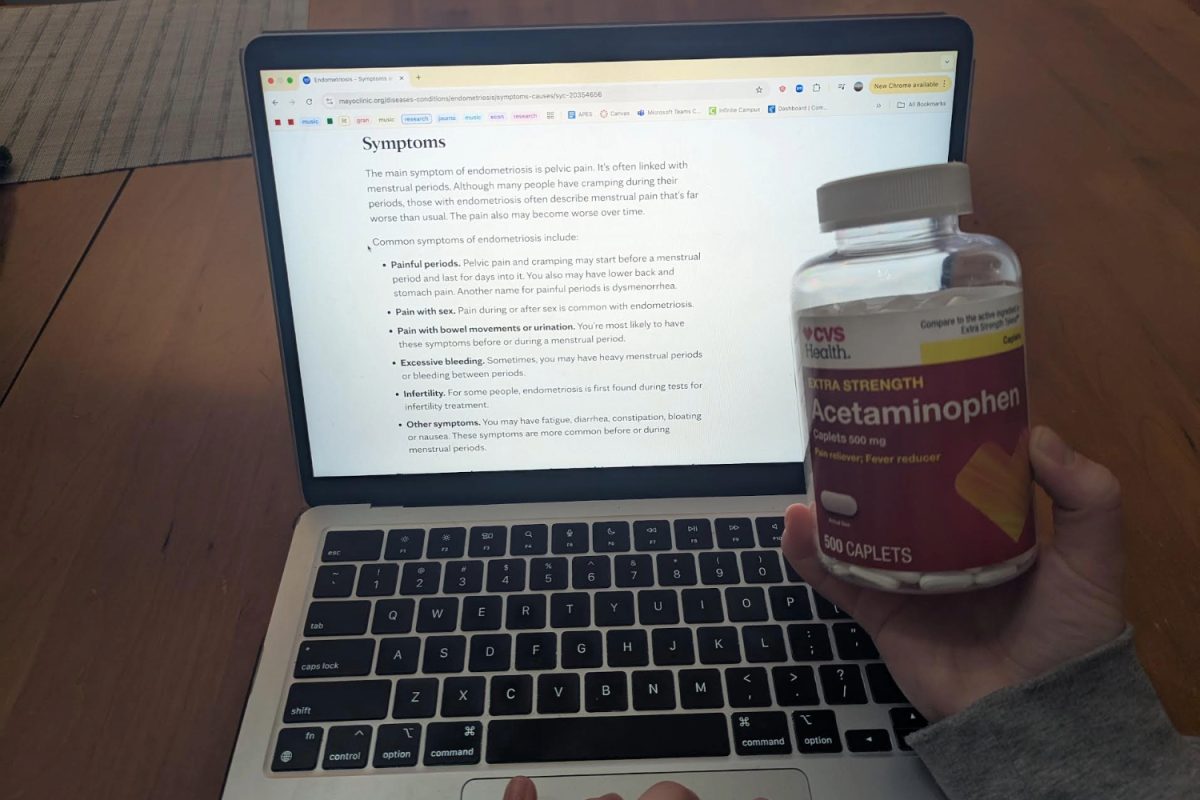Self-love. Empowerment. Confidence.
The three key ideas that the body positivity movement works towards. It started as a way to help those with marginalized bodies (fat, queer, people of color, etc.) feel entitled to self-love and comfortable in their own skin. However, today, the movement fails to provide inclusivity towards plus-sized women.
In a recent Tik Tok, Lizzo, a singer and body positivity activist, explains that the body positivity movement often celebrates smaller and medium women, leaving bigger women behind and subject to fat-shaming.
“The people who created this movement: big women, brown and black women, queer women are not benefiting from the mainstream success of it,” Lizzo said.
Lizzo emphasizes that it is good that small and medium women are positive about their bodies, but bigger women are still getting the short end of the stick.
Over the years, the definition of body positivity has been redefined and evolved to meet the needs of the developing society. However, many might not realize that body positivity was first created to celebrate and accept bigger bodies, which began in 1969 as the Fat Rights Movement.
The National Association to Aid Fat Americans, known today as the National Association to Advance Fat Acceptance (NAAFA), and Californian feminists tried to achieve Fat Acceptance and Fat Liberation. They created a manifesto that called for “equal rights for all fat people in all areas of life” and declared diet culture an enemy.
In the ’70s, ’80s, and ’90s, “fat activists” started to become more liberal as they united their movement with pride parades, protests, and picketing in front of the White House. The idea of loving every and all body puzzled many but also held the power to inspire others.
By the 2000s, the body positivity movement had become predominant on social media platforms, making the spread of self-love and body shaming more accessible. Fat visibility was now seen as a brand of activism that promoted unapologetic body acceptance for all types of bodies.
What’s the problem with that?
Now, the movement faces the problem of body positivity being advertised in and through commercials, movies, models, and influencers that reflect a particular body type that no longer seems to encompass the message of the original movement.
Many influencers advertise dietary supplements to achieve the “ideal” body, but these unspoken beauty standards often include “acceptably fat” women who are mainly white and have medium-sized bodies. This free for all movement has left bigger women of color out of the conversation as the idea of body positivity is constantly derived from the media.
Influencers and celebrities, such as Lizzo and Adele, have tried to reroot the origin of body positivity, but this cannot be done without support from allies. Small and midsize women of all color and sexuality need to use their voices to spread positive imagery surrounding plus-size women to create a safe space where harmful narratives created by the media and dieting industries are overpowered.
Regardless, body positivity still has a long way to go. Until plus-size individuals gain the support and respect of others, fat-shaming and disrespect will continue to be part of many lives.
To get to a place where all bodies are treated equally, every individual must hold themselves accountable for positively contributing toward the movement.
“All we ask is that you keep that same energy with these medium girls that you praise. Keep the same f*cking energy,” Lizzo said.











